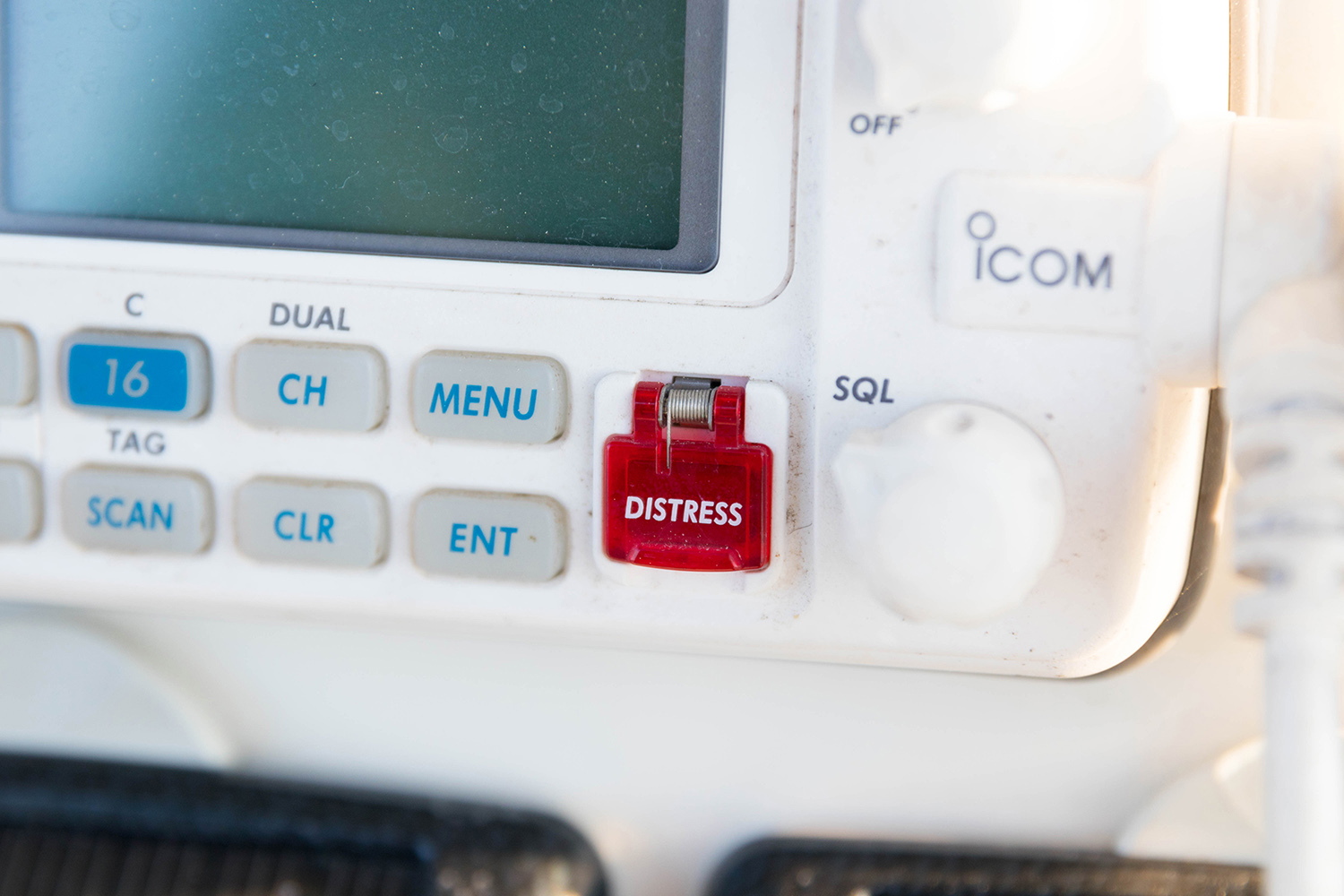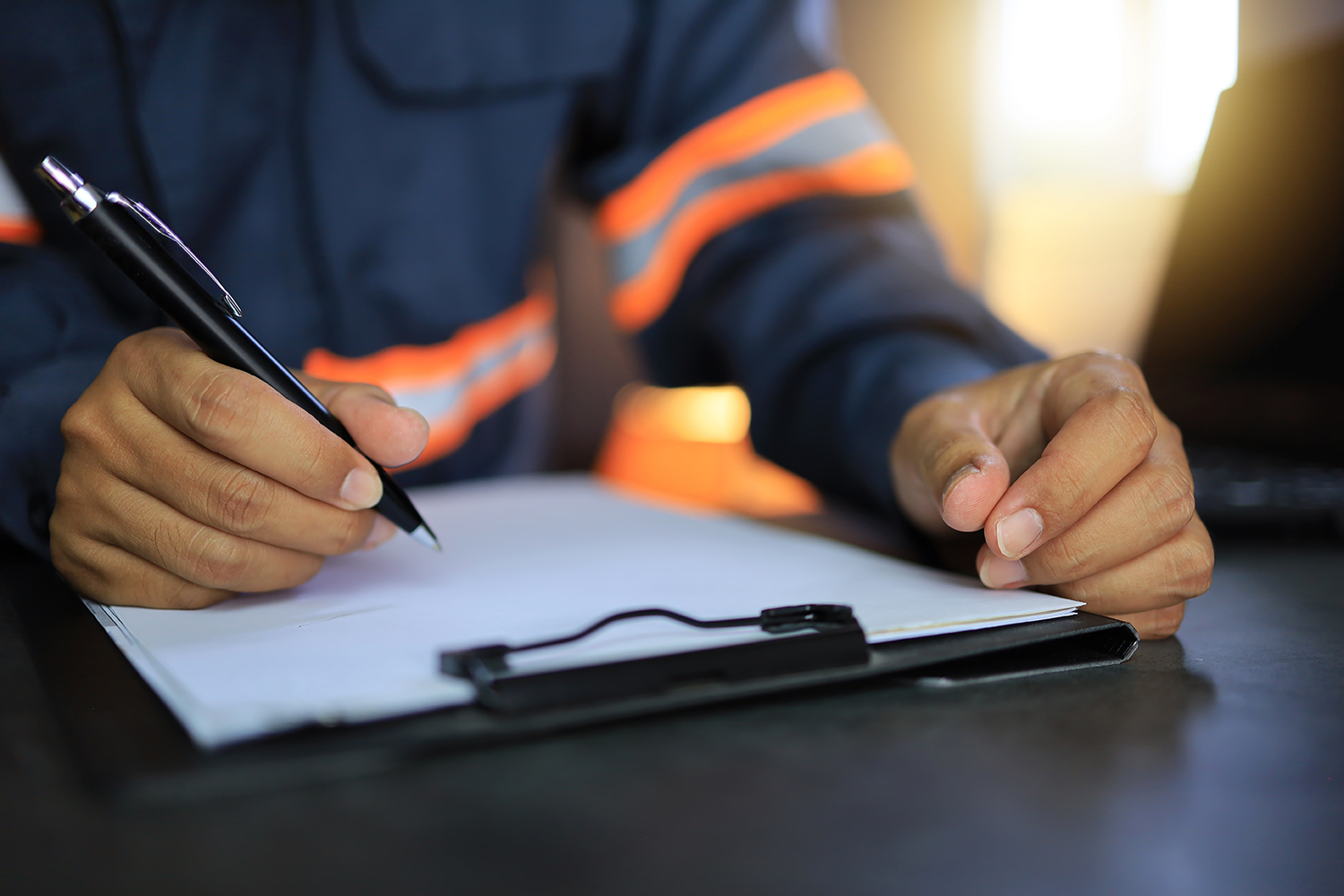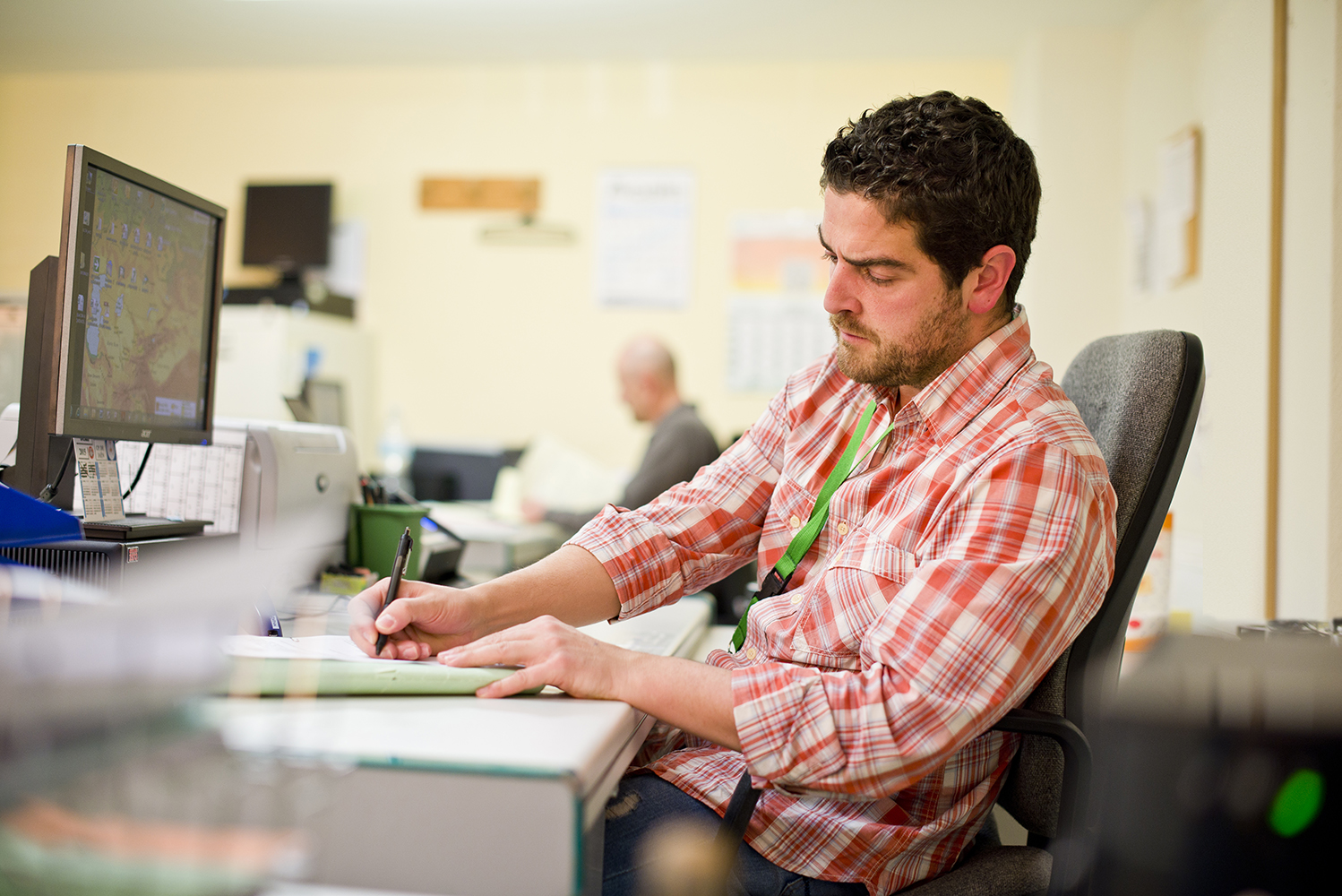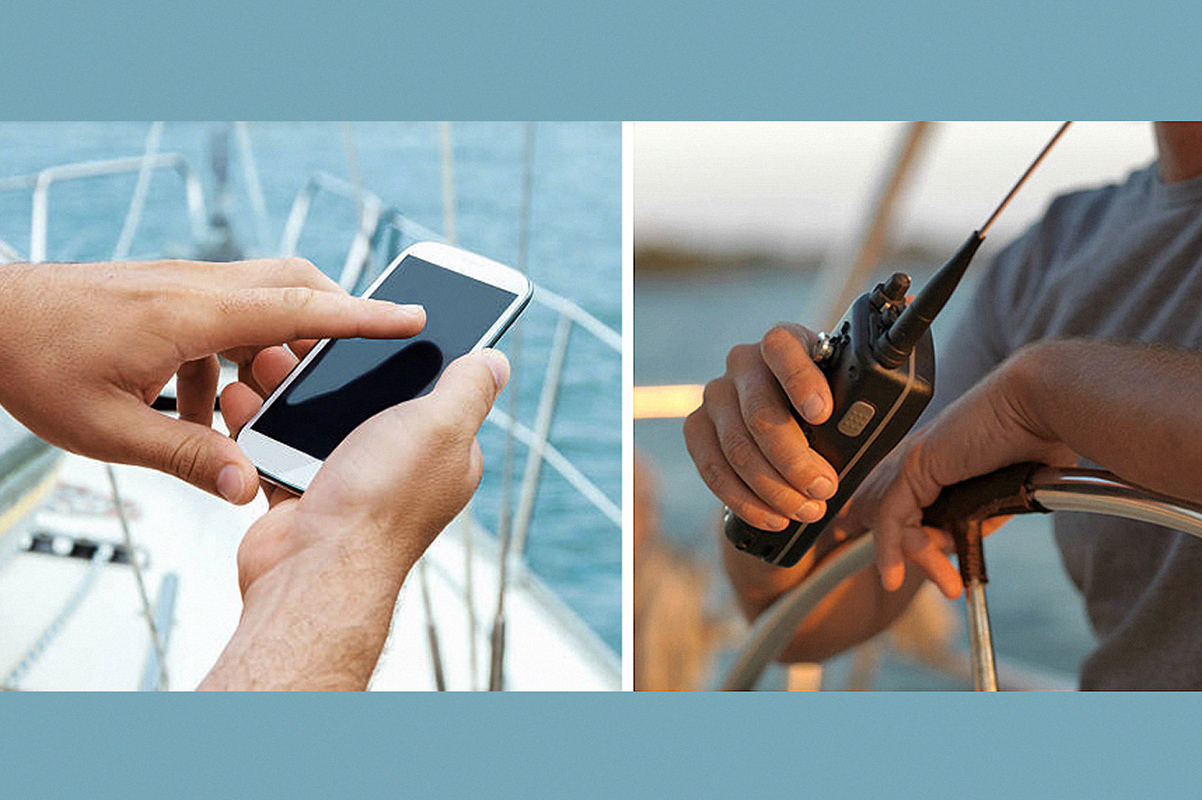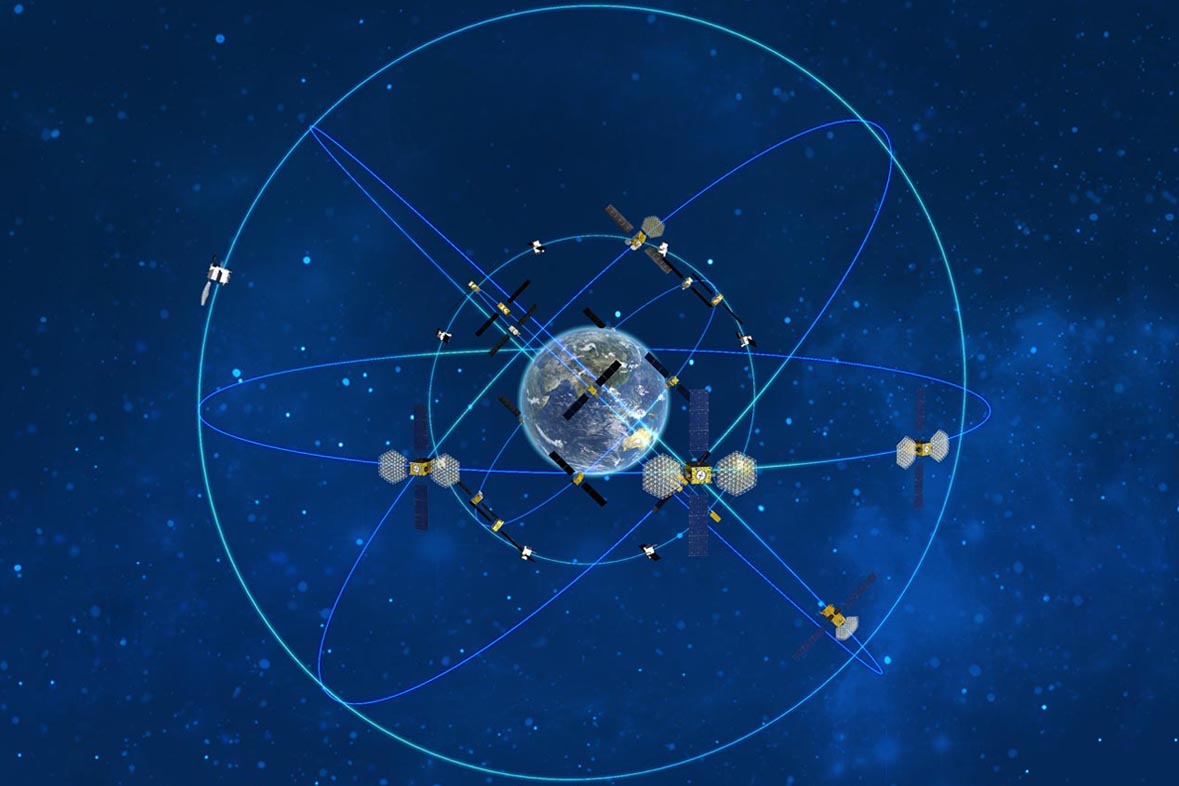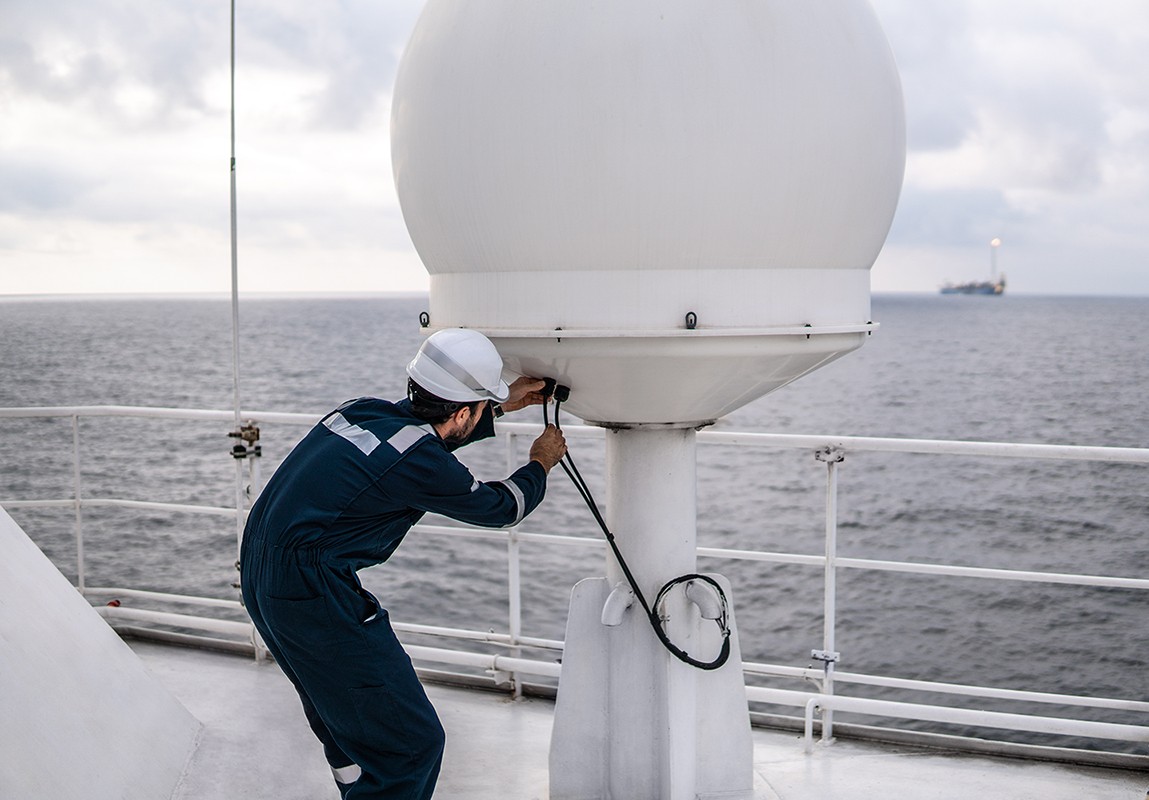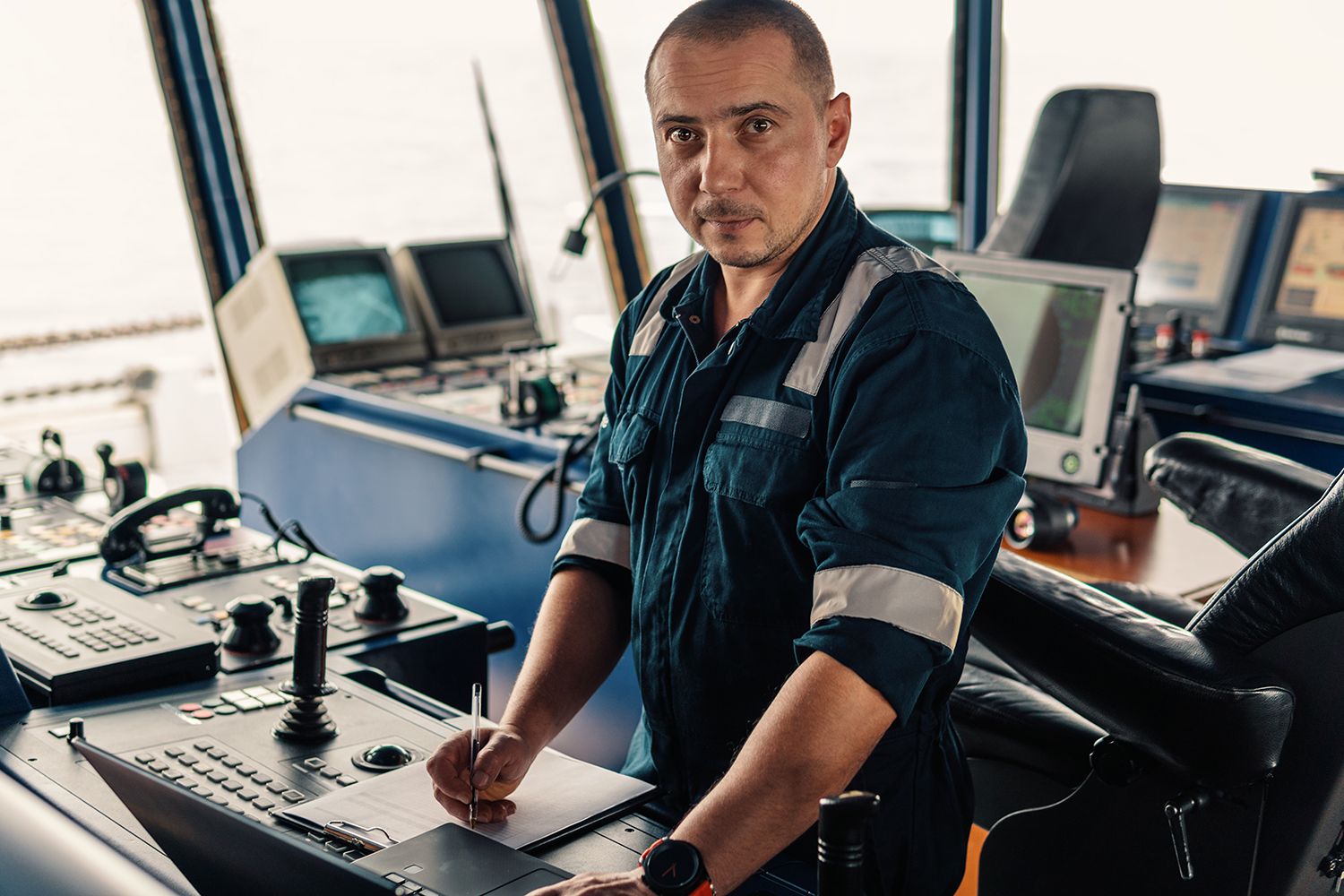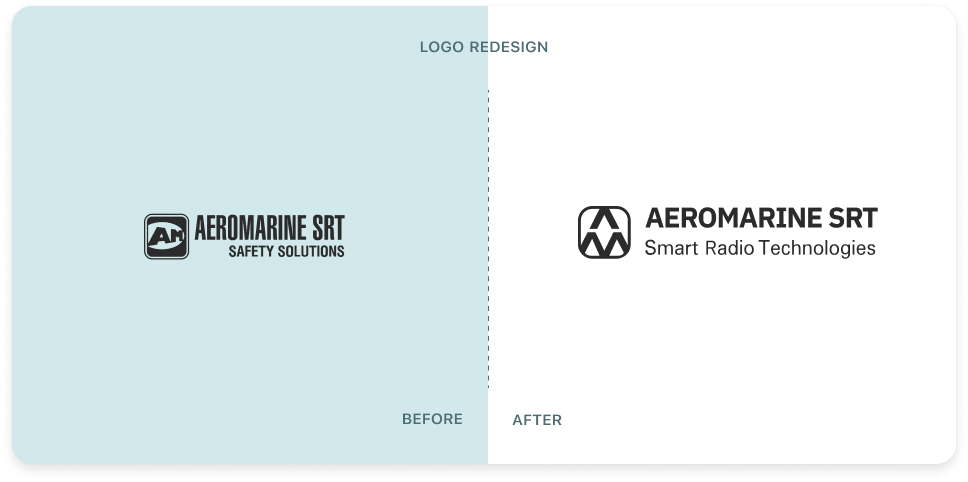GMDSS Radio Survey Blog
In recent months, there has been some commotion among shipowners and related managers. Everyone is concerned that by the time of the first scheduled radio survey after 1 January 2024, the VHF stations installed on their SOLAS vessels should comply with circular MSC.1/Circ.1460/Rev.3 and appendix 18 to the ITU Radio Regulations (RR) – Edition 2020.
And voila, at the last session of the IMO’s Maritime Safety Committee (MSC 107) held in June 2023, this deadline was extended - now it is 1 January 2028. What are these delays related to? - there are not enough VHFs available for installation that would meet the required performance standards.
